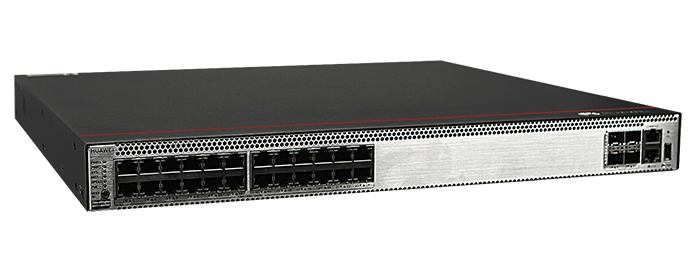
































Companies are eager to adopt AI for their business models,but many feel confused about implementing the technology effectively,according to experts at the Canalys APAC Forum. While practitioners have access to abundant information about AI,they often feel overwhelmed with informationandneed help to apply the technology in practice. The need for clarity on using AI is giving rise to what can be described as a micro-Gartner hype cycle within organisations, diminishing the initial enthusiasm for the new-age technology.
What is Gartner's Hype Cycle? The Gartner Hype Cycle is a graphical representation of the lifecycle stages a technology goes through from the initial development to its commercial availability and adoption, as well as its eventual decline and obsolescence. It was developed by the research company Gartner. The hype cycle's stages are often used as reference points in marketing and technology reporting, as well as to guide technology decisions by their level of comfort with risk. Each stage of the cycle is associated with its own risks and opportunities. The five phases in the Hype Cycle areTechnology Trigger, Peak of Inflated Expectations, Trough of Disillusionment, Slope of Enlightenment and Plateau of Productivity.
Sunil Golani, a director at distributor TD Synnex, highlighted the need for more progress in transitioning from new growth to optimistic adoption of AI over the past five years. While customers may express interest in productivity-centric use cases, they often realise the complexities and challenges of implementing AI within their environments.
What is 'productivity-centric' implementation of AI? A 'productivity-centric' implementation of AI refers to the use of artificial intelligence technology to enhance and streamline various aspects of business operations, with a primary focus on improving overall productivity. In this context, AI is applied to tasks and processes to make them more efficient, automated, and effective, ultimately contributing to increased productivity levels within an organisation. Examples of productivity-centric AI applications may include automating routine administrative tasks, optimising workflow processes, and providing data-driven insights to support decision-making-all aimed at enhancing the efficiency and output of the workforce.
Craig Musker, director of strategy and delivery at New Zealand IT services provider Tribe, emphasised that customers have varying levels of interest and understanding regarding AI. Some businesses focus on simple applications like photo and email management, while others explore more complex possibilities.
Given that the availability of AI applications is relatively new, and the technology is rapidly evolving, it is challenging for businesses to determine their specific requirements and stay up-to-date with the latest advancements. Experts at the Canalys APAC Forum suggested that companies should prioritise 'return on investment' (ROI) and incremental value changes instead of becoming entangled in the enthusiasm surrounding AI.
What is ROI (return on investment) in the context of AI implementation? Return on Investment (ROI) in the context of AI implementation refers to the measure of the financial gains or benefits that a business derives from its investment in artificial intelligence technologies. It assesses the profitability and efficiency of integrating AI solutions into various aspects of business operations. The ROI calculation involves comparing the gains or benefits generated by AI implementation against the costs incurred during the implementation process.
 Etiquetas calientes:
Inteligencia Artificial
Modelos de negocio digitales
Etiquetas calientes:
Inteligencia Artificial
Modelos de negocio digitales